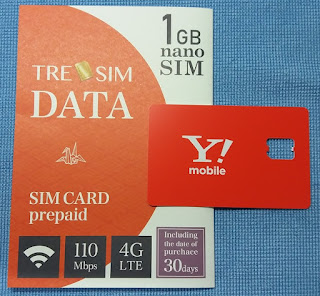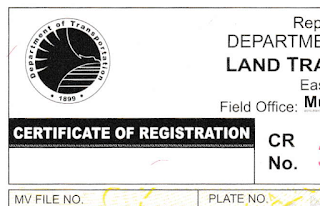Travel Iike a local in Japan with the help of your smartphone (Part 2)
How to connect to the Internet in Japan
Part 1 of this series of articles explores some very useful smartphone apps that make visiting Japan much more fun and convenient. But these apps are nearly useless if your smartphone cannot access the Internet. So here are some handy tips for getting online in Japan. You have several options:International roaming promos
The most convenient (and expensive) way to access the Internet overseas is through international roaming. International roaming enables your smartphone to make and receive phone calls, send and receive SMS and access the Internet.In exchange for such convenience, every phone call and text message is charged at international toll rates plus a roaming charge. Similarly, Internet access is metered and charged at premium rates. So, use international roaming sparingly. This means keeping your smartphone’s Mobile Data (or Cellular Data) switched off unless you absolutely need to access the Internet, and calling and texting only when absolutely necessary.
If your mobile number is already capable of international roaming, calling and texting will be automatically possible when you arrive in Japan. Internet access must be enabled manually by turning on “Data roaming” and “Mobile Data” (or Cellular Data) in your smartphone’s settings.
Find out whether your mobile number is already capable of roaming (and how to enable it) by visiting your phone company’s web site or contacting them. Do this before leaving your home country.
Be sure to avail of your phone company’s international roaming promotions. A promo can greatly reduce the cost of international roaming.
Use Free WiFi
While international roaming is the most expensive way to have Internet access, at the other end of the cost scale is free WiFi. The catch, as you might expect, is that free WiFi hotspots are not readily available. Moreover, their security is suspect.Free WiFi is usually available in your hotel, train stations and some establishments. Use free WiFi for heavy uploads and downloads, such as uploading your pictures and videos to your social media and downloading pictures, videos and updates to your smartphone apps.
An “open” hotspot may not be safe to use. An open hotspot is a WiFi network that does not require a password to join it. Do not connect your smartphone to an open hotspot, if possible. Do not log on to your social media and other online accounts nor perform online payments and other financial transactions when connected to an open hotspot.
Rent a Pocket WiFi
The third option is to rent a pocket WiFi device upon your arrival at the airport in Japan. I have not tried this option myself, but it is reportedly very cost effective, especially since it can be used by several people simultaneously. Renting a pocket WiFi is your best option if your smartphone works only with SIM cards issued by your mobile phone company or doesn’t have a SIM card at all.The main disadvantage of a pocket WiFi is that it is an additional device that you will have to carry with you. Moreover, before leaving Japan, you will have to return it to the store, which means going through the trouble of finding a place where you can drop it off.
Buy a SIM (Subscriber Identity Module)
This option is available to you if you have any of the following:- An unused SIM slot in your smartphone.
- A spare smartphone that accepts SIMs from any phone company (that is, it’s unlocked). You can use this smartphone to access the Internet and/or as an Internet hotspot for your main smartphone.
These SIMs are not plug-and-play, so buy your SIM from a telecom retail outlet so that the store staff can help you install and activate it.
You can also buy a SIM card at general retail store, usually at a lower price. But you have to install and activate yourself. If you are unable to make it work, you cannot return it, nor will the store help you activate it.
A data-only SIM has a preset data capacity and time limit. Once either limit is used up, you will have to buy a new SIM. So, make your data-only SIM last longer using WiFi to upload and download pictures and videos. By following this strategy, my 1 GB, 30-day data-only SIM still had more than 500 MB of unused capacity after eight days of daily use, which means that it could have lasted for up to two weeks. Less than 500 MB was used by the Japan Travel app, Google Maps, Viber, Facebook Messenger, Agoda Mobile App, Google Translate, Trip Advisor, some minor Facebook browsing and uploads and background data.
Travel like a local in Japan with the help of your smartphone (Part 1) describes several useful smartphone travel apps.
Related articles
Travel Iike a local in Japan with the help of your smartphone (Part 3), has tips for keeping your smartphone at peak performance and reliability.Travel like a local in Japan with the help of your smartphone (Part 1) describes several useful smartphone travel apps.




Comments
Post a Comment